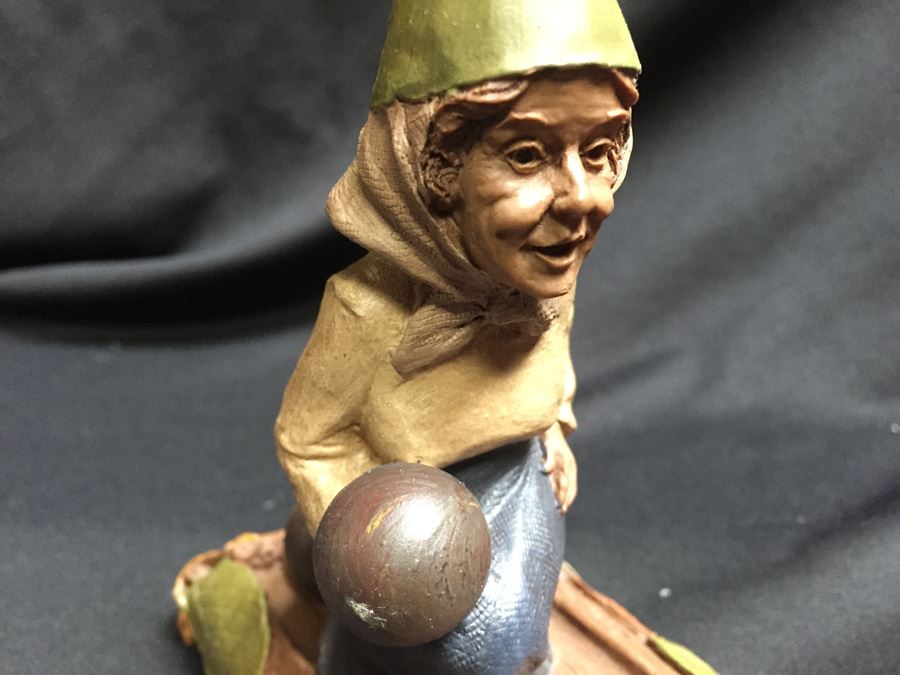
Clark's detractors, most eloquent among them Nicholas Penny, have charged him with a selective view of art, asserting that in the case of Manet for example, not all of the artist's canvases show the disjuncture that Clark characterizes. Characteristic of Clark's method is to identify distinctions or disparities within a painting, and then pin those incongruities to a psycho-sexual or sociological interpretation, using a semiotics to come to a new meaning of the work of art. Clark made a distinction between "ideology" and the work as a representation, a rejection ideology as theorized by Louis Althusser. His books brought out the political implications of the work of Courbet and Manet, suggesting that the paintings of these artists may have served an active role in the creation of social and political attitudes. Clark's Image of the People and The Painting of Modern Life provided a new form of art history that transcended traditional preoccupations with style and iconography. His most theoretic, The Sight of Death: An Experiment in Art Writing, looked at the social and intellectual phenomenon re-examining art works. In 2005, writing under the name "Retort", he co-authored Afflicted Powers: Capital and Spectacle in a New Age of War with Iain Boal, Joseph Matthews, and Michael Watts. Clark identified an end to the modernist tradition, which he saw aligned with leftist politics, both coinciding with the fall of the Berlin wall.

In addition to 19th-century topics, he broadened his view to include Picasso and Jackson Pollock. There he published a book of essays in 1999, Farewell to an Idea: Episodes from a History of Modernism. He joined the Department of History of Art at the University of California, Berkeley in 1988, becoming George C.

In 1985 Clark published, The Painting of Modern Life: Paris in the Art of Manet and his Followers. Freedberg, however, retired early in 1983 largely in opposition to Clark, continuing to teach at the University of Virginia. Clark disallowed any students of his to study with Freedberg, a stance for which Clark was formally reprimanded by Harvard's visiting committee for intolerance and for violating students' academic freedom. Freedberg's and Clark's rivalry at Harvard was public. Chief among his Harvard detractors was the Renaissance art historian Sydney Joseph Freedberg. In 1980 he joined the School of Fine Arts faculty at Harvard University, setting off a furor among many conservative and connoisseurship-based faculty. He returned to Britain and Leeds University to be chair of the Fine Art Department in 1976. Werckmeister, Lee Baxandall, Serge Guilbaut. The Caucus session delivered papers by other prominent Marxist art historians, including O. In 1976, Clark became a founding member of Caucus for Marxism and Art of the College Art Association. In 1974, Clark accepted a visiting professor position University of California, Los Angeles (UCLA) which was subsequently turned into an associate professor position. The Absolute Bourgeois: Artists and Politics in France, 1848-1851 and Image of the People: Gustav Courbet and the Second French Republic, 1848-1851 were seen as a manifesto of the new art history in the English language, provoking controversy as an unabashed Marxist interpretation of some of the most traditionally-researched topics in art history.

During that time he published two books in 1973 which launched his international career as an art historian.

Clark lectured at Essex University 1967-1969 and then at Camberwell School of Art as a senior lecturer, 1970-1974. in art history from the Courtauld Institute of Art, University of London in 1973. He joined the Situationalist International in 1966, whose theorist, Guy Debord (1931-1994), developed the concept of "spectacle" that Clark would use later in his work. John's College, Cambridge University earning a first class distinction in 1964. Clark attended Bristol Grammar School, before graduating with a A. Marxist-approach art historian Chancellor's Professor of Modern Art at the University of California, Berkeley.


 0 kommentar(er)
0 kommentar(er)
